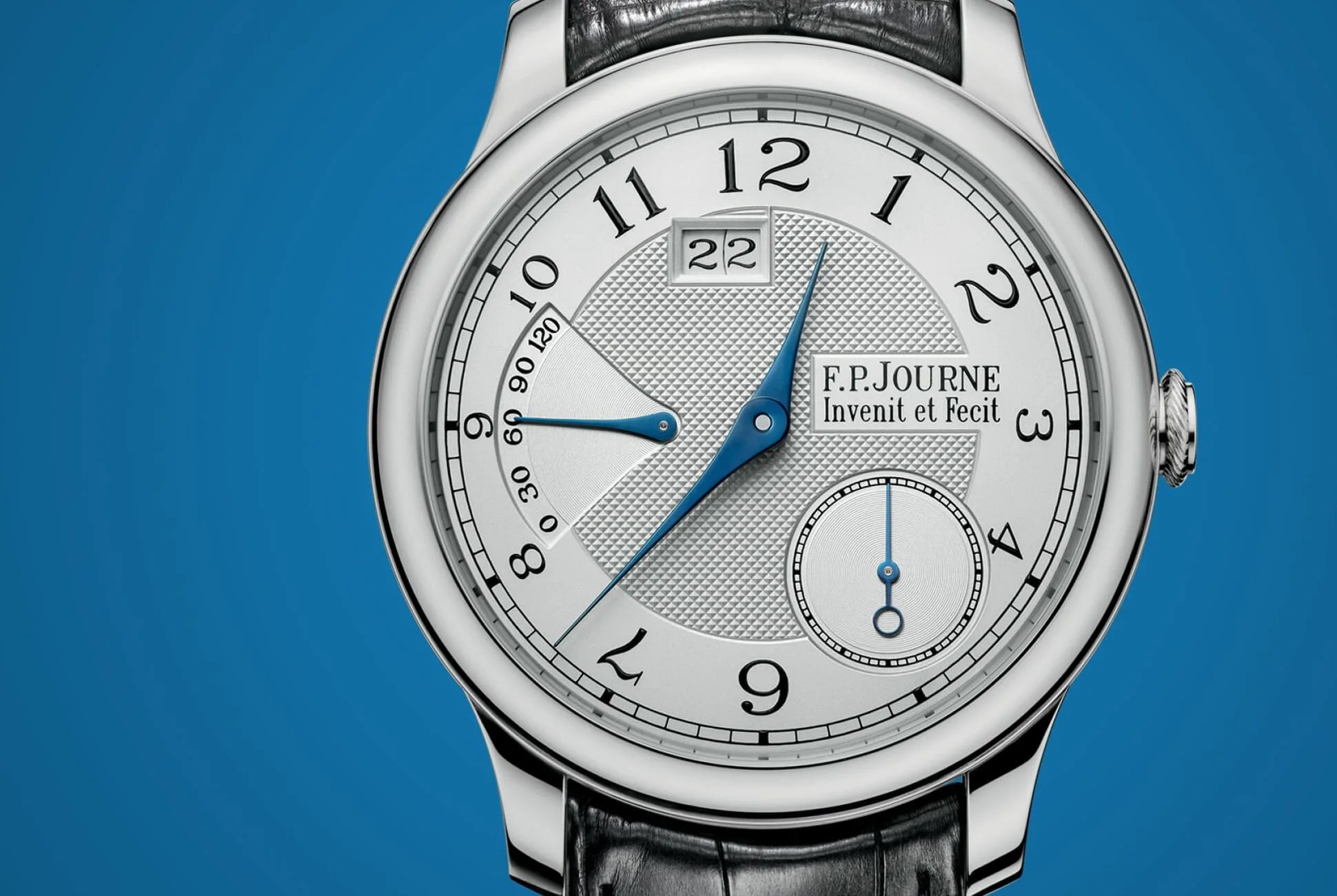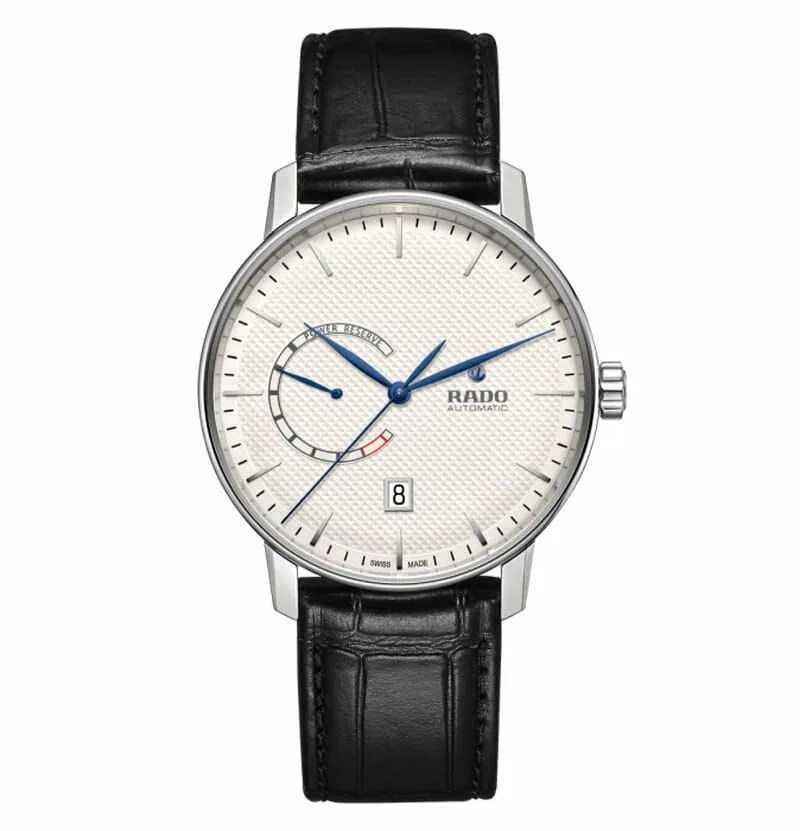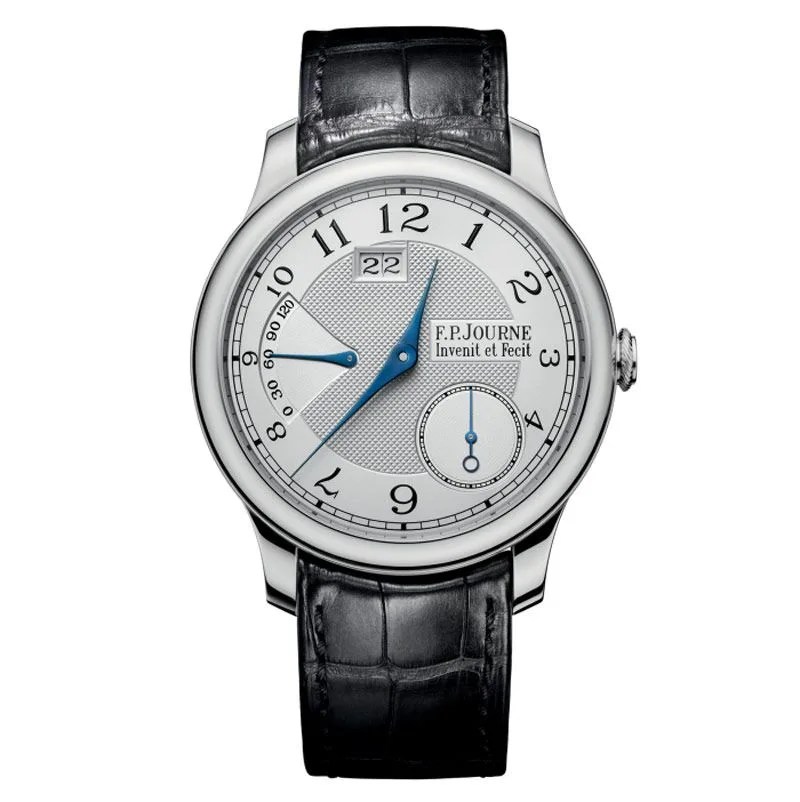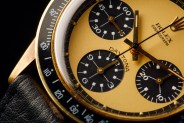The watch world is full of highly technical, often highly French terms that your average guy just doesn’t know. Welcome, then, to Horology in a Hurry, a semi-regular column in which we’ll break down these terms at length one at a time to give you a better understanding of how watches work. This week: The Power Reserve.
What is it?
A simple albeit incredibly useful complication, the power reserve (“reserve de marche,” for all of you Francophiles) indicator essentially lets the wearer know how much tension is left in a mechanical watch’s mainspring in the form of a small hand and a correlating scale given in hours (alternatively, a revolving wheel viewed through an aperture may be used). On a hand-winding watch, the number of hours indicated by the scale is the amount of time left before the watch needs to be wound, while on an automatic watch, it is the amount of time for which the watch will continue to function when it is not being worn.
Where did it come from?
Early marine chronometers and railroad-grade pocket watches featured power reserve indicators, though the first wristwatches with this complication didn’t come into being until the 20th century (which is when the wristwatch itself first became popular).
Why does it matter?
While a fully-wound mechanical watch will often feature a power reserve of up to two days (35-48 hours is a good average figure), it can be useful to know for precisely how many more hours the watch will continue to function until it will require another winding – otherwise, you may find yourself looking down at a watch that has quite suddenly ceased to tell you anything useful or relevant.
As the length of the mainspring correlates directly with the amount of power reserve in the watch, many high-end watches utilizing longer main springs have power reserves of several days. In practice, this means that even if the watch is of the hand-winding variety, if you’ve fully wound it and say, placed it on a desk for a few days, you may still have several days during which you could conceivably wear the watch before you have to wind it again.




